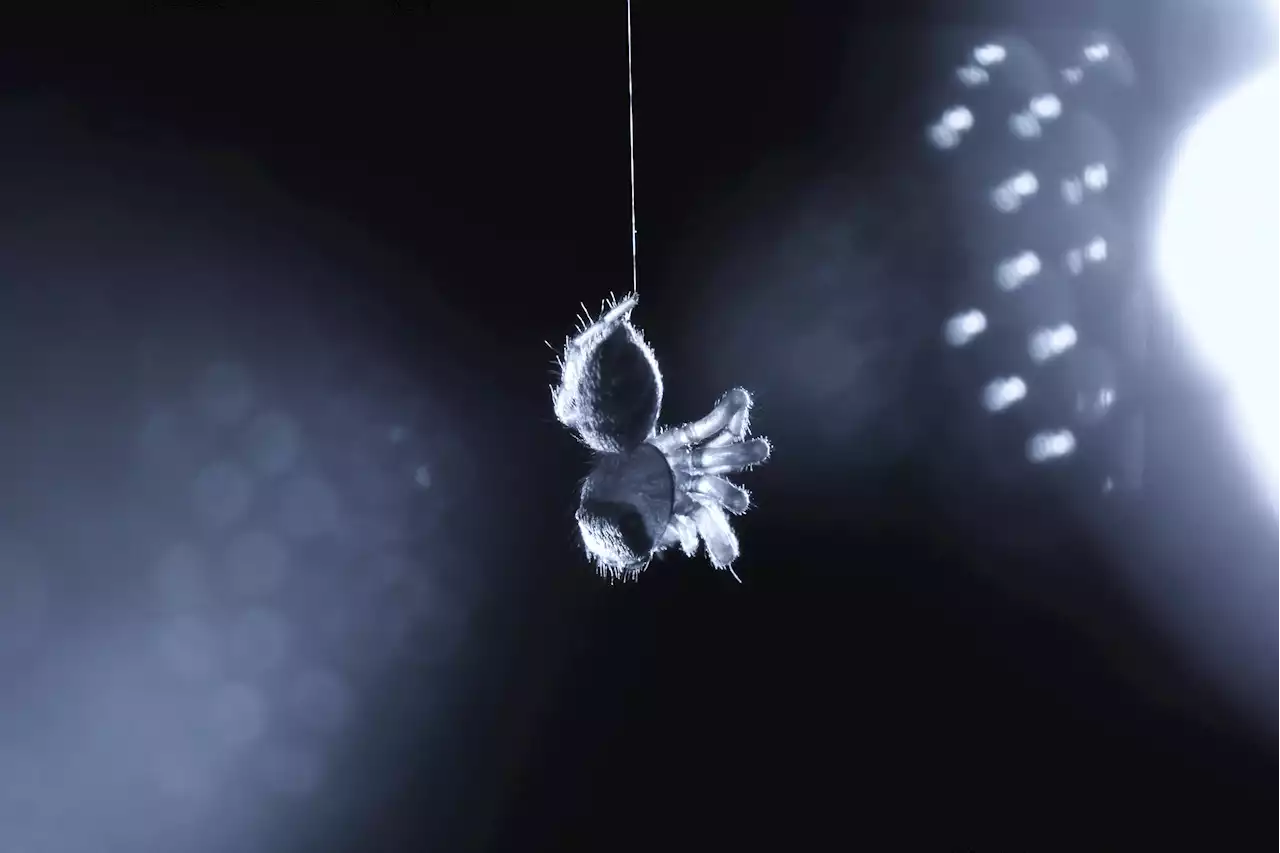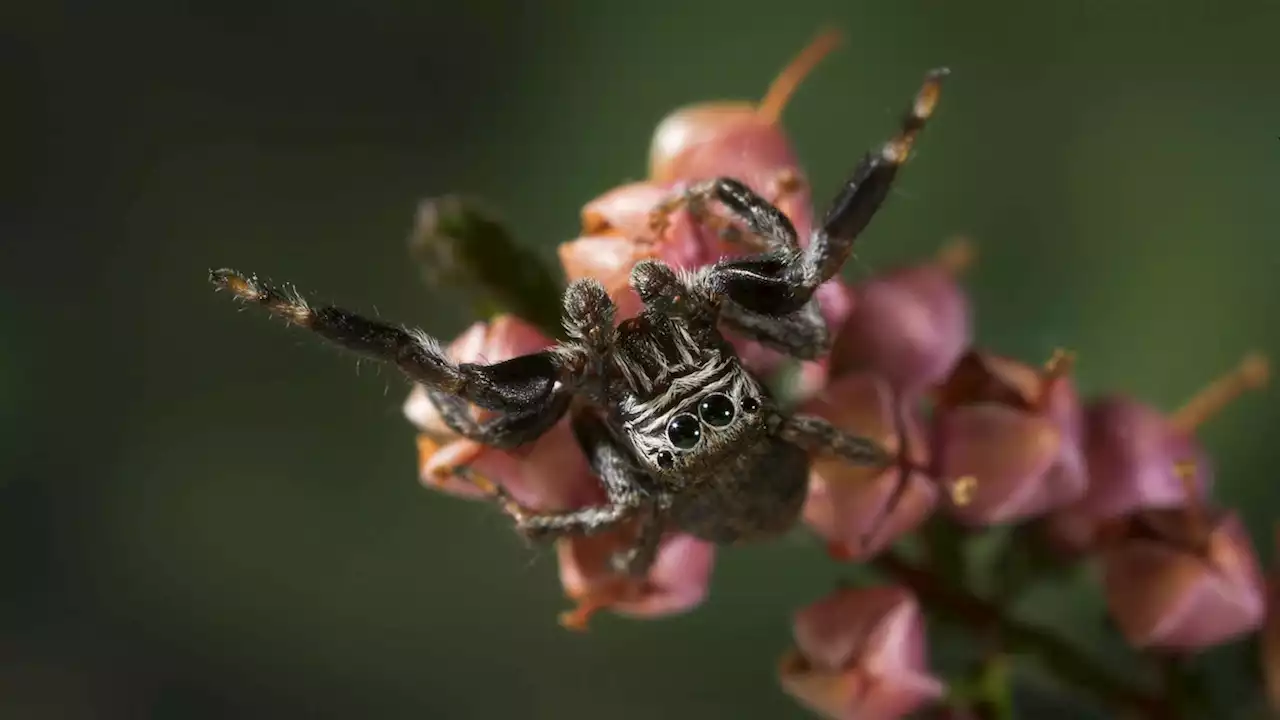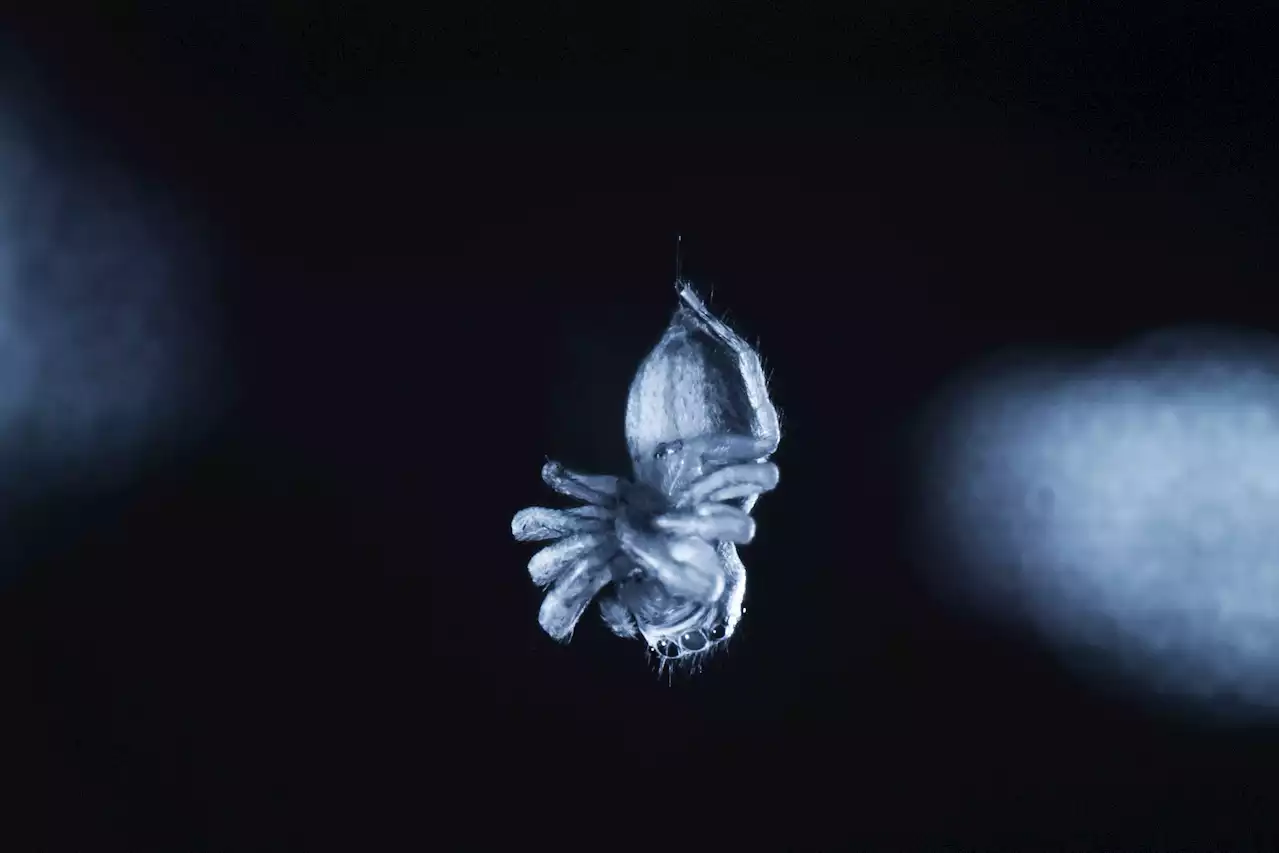Footage taken of baby jumping spiders showed patterns that looked a lot like sleep cycles: The spiders’ legs twitched and parts of their eyes flickered.
A study published on Monday, Aug. 8, 2022, suggests that jumping spiders show signs of sleep cycles, similar to humans and some animals. NEW YORK — It’s a question that keeps some scientists awake at night: Do spiders sleep?
The researchers described this pattern as a “REM sleep-like state.” In humans, REM, or rapid eye movement, is an active phase of sleep when parts of the brain light up with activity and is closely linked with dreaming.Other animals, including some birds and mammals, have been shown to experience REM sleep.
Many species similar to spiders actually don’t have movable eyes, which makes it hard to compare their sleep cycles, explained study co-author Paul Shamble, an evolutionary biologist at Harvard University.But these jumping spiders are predators that move their retinas around to change their gaze while they hunt, Shamble said. Plus, the young spiders have a see-through outer layer that gives a clear window into their bodies.
United States Latest News, United States Headlines
Similar News:You can also read news stories similar to this one that we have collected from other news sources.
 The New Normal for COVID Calls for a New NarrativeWe’ve swung between fear and denial for too long and need to talk about this disease from a different perspective
The New Normal for COVID Calls for a New NarrativeWe’ve swung between fear and denial for too long and need to talk about this disease from a different perspective
Read more »
 Against Juan Soto-led Padres, SF Giants hope to show off their own new-look rosterThe Giants activated Evan Longoria, giving their roster a clean bill of health for one of the first times all season.
Against Juan Soto-led Padres, SF Giants hope to show off their own new-look rosterThe Giants activated Evan Longoria, giving their roster a clean bill of health for one of the first times all season.
Read more »
 Do Spiders Sleep? A New Study Suggests They May Snooze Like UsDuring observation, the spiders’ overnight movements looked a lot like REM in other species — like dogs or cats twitching in their sleep. And they happened in regular cycles, similar to sleep patterns in humans.
Do Spiders Sleep? A New Study Suggests They May Snooze Like UsDuring observation, the spiders’ overnight movements looked a lot like REM in other species — like dogs or cats twitching in their sleep. And they happened in regular cycles, similar to sleep patterns in humans.
Read more »
 Do spiders dream? A new study suggests they do.Jumping spiders rapidly move their eyes and twitch during rest, suggesting they have visual dreams, never before observed in arachnids.
Do spiders dream? A new study suggests they do.Jumping spiders rapidly move their eyes and twitch during rest, suggesting they have visual dreams, never before observed in arachnids.
Read more »
